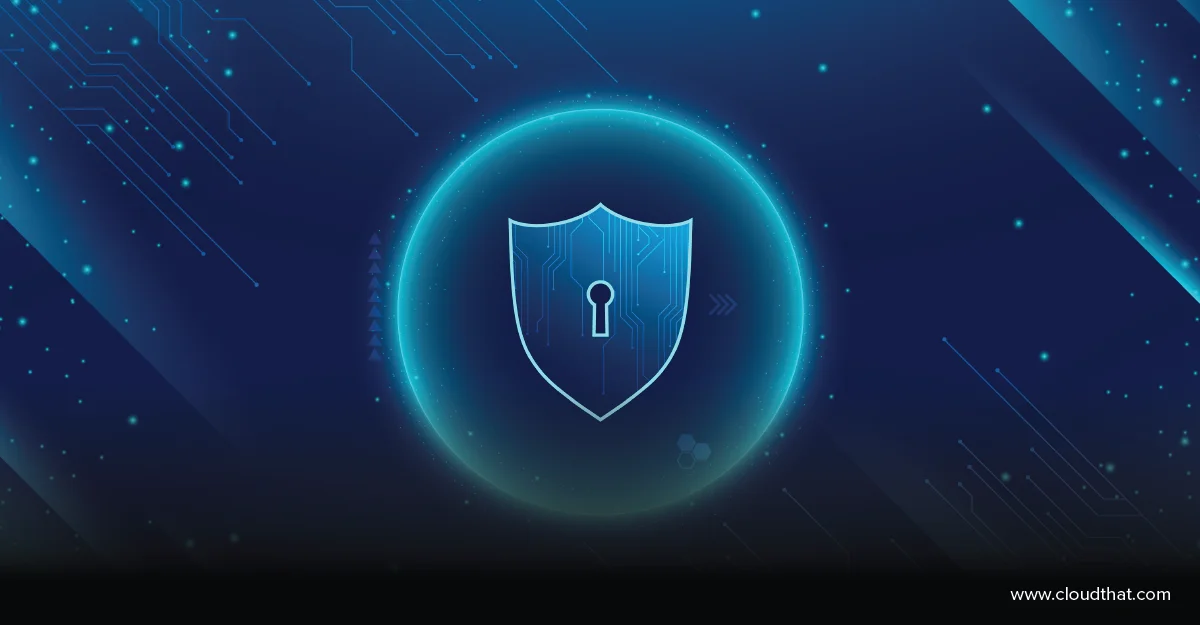|
Voiced by Amazon Polly |
Overview
In the ever-evolving cybersecurity landscape, safeguarding sensitive data, especially database credentials, is paramount. For WordPress applications utilizing Amazon RDS MySQL databases, it’s essential to ensure robust security measures are in place. One effective way to enhance security is by regularly rotating database passwords. In this comprehensive guide, we’ll walk you through automating the password rotation of your WordPress application’s Amazon RDS MySQL database using AWS Secrets Manager and AWS Lambda functions.
Pioneers in Cloud Consulting & Migration Services
- Reduced infrastructural costs
- Accelerated application deployment
Set up your AWS Environment
Before diving into the automation process, ensure you have an AWS account and have set up your WordPress application with an Amazon RDS MySQL database. Once your environment is ready, proceed to the next steps.
Step-by-Step Guide
Step 1: Secure the Amazon RDS credentials by storing them in AWS Secrets Manager
The first step in automating password rotation is to create a secret in AWS Secrets Manager. AWS Secrets Manager allows you to securely store, manage, and retrieve sensitive information such as database credentials, API keys, and other secrets.
Access AWS Secrets Manager:
- Go to the AWS Management Console and navigate to Secrets Manager.
- Create a New Secret: Click the “Store a new secret” button.
- Enter the necessary Amazon RDS database credentials – including username, password, host, and database name and save the secret.

Step 2: Automate AWS Lambda Function Creation with Secrets Manager
AWS Secrets Manager simplifies rotating passwords by automatically generating an AWS Lambda function that manages the rotation process. Here’s how you can do it:
- Configure Rotation: Select the secret you created in the AWS Secrets Manager console. Configure the rotation settings, specifying the rotation AWS Lambda function. AWS Secrets Manager will automatically generate the AWS Lambda function.

- Review and Enable Rotation: Review the rotation settings and enable rotation for the secret. The AWS Secrets Manager will oversee the rotation process, regularly updating your Amazon RDS MySQL database passwords.

Step 3: Assign Permissions to Amazon EC2 Instances
You need to assign the necessary permissions for the WordPress application hosted on Amazon EC2 instances to access the secrets stored in Secrets Manager. Here’s how you can do it:
- Create an AWS IAM Role: Create an AWS IAM role that grants Amazon EC2 instances permissions to retrieve secrets from Secrets Manager.
- Attach the AWS IAM Role: Attach the AWS IAM role to your Amazon EC2 instances. This grants the instances the necessary permissions to access the secrets securely. Add the below AWS-managed policy to the role.

Step 4: Update WordPress Files to Access Secrets
With AWS Secrets Manager and AWS Lambda handling the password rotation seamlessly, you must ensure your WordPress application can retrieve the updated credentials. Modify the WordPress files to access the database credentials securely from AWS Secrets Manager.
- Install AWS SDK for PHP: If you haven’t already, install the AWS SDK for PHP on your WordPress server. This SDK allows your WordPress application to interact with AWS services, including AWS Secrets Manager. Execute the commands below in the WordPress directory to install AWS SDK.
|
1 2 3 4 |
# php -r "copy('https://getcomposer.org/installer', 'composer-setup.php');" # php composer-setup.php --install-dir=/usr/local/bin --filename=composer # composer --version # composer require aws/aws-sdk-php |
- Modify wp-config.php: Update the wp-config.php file of your WordPress application. Replace the hard-coded database credentials with calls to Secrets Manager to fetch the credentials dynamically. Add the code below to the “wp-config” file and remove the hardcoded database credentials.
|
1 2 3 4 5 6 7 8 9 10 11 12 13 14 15 16 17 18 19 20 21 22 23 24 25 26 27 28 |
require '/var/www/html/wordpress/vendor/autoload.php'; // Include the AWS SDK use Aws\SecretsManager\SecretsManagerClient; // Create a Secrets Manager client $client = new SecretsManagerClient([ 'version' => 'latest', 'region' => 'ap-south-1', // Change this to your desired AWS region ]); // Specify the Secret Manager secret name that stores RDS credentials $secretName = 'RDS_Secret'; // Retrieve the secret value from AWS Secret Manager $result = $client->getSecretValue([ 'SecretId' => $secretName, ]); // Parse the secret JSON string to get RDS credentials $secret = json_decode($result['SecretString'], true); // Update the WordPress configuration file with RDS credentials define('DB_NAME', $secret['dbname']); define('DB_USER', $secret['username']); define('DB_PASSWORD', $secret['password']); define('DB_HOST', $secret['host']); define('DB_CHARSET', 'utf8'); define('DB_COLLATE', ''); |
With these modifications, your WordPress application will dynamically fetch the Amazon RDS MySQL database credentials from AWS Secrets Manager, ensuring the most up-to-date and secure access to your database.
Conclusion
Following this step-by-step guide, you’ve successfully automated the password rotation process for your WordPress application’s Amazon RDS MySQL database.
Drop a query if you have any questions regarding WordPress or AWS Migration and we will get back to you quickly.
Making IT Networks Enterprise-ready – Cloud Management Services
- Accelerated cloud migration
- End-to-end view of the cloud environment
About CloudThat
CloudThat is an award-winning company and the first in India to offer cloud training and consulting services worldwide. As a Microsoft Solutions Partner, AWS Advanced Tier Training Partner, and Google Cloud Platform Partner, CloudThat has empowered over 850,000 professionals through 600+ cloud certifications winning global recognition for its training excellence including 20 MCT Trainers in Microsoft’s Global Top 100 and an impressive 12 awards in the last 8 years. CloudThat specializes in Cloud Migration, Data Platforms, DevOps, IoT, and cutting-edge technologies like Gen AI & AI/ML. It has delivered over 500 consulting projects for 250+ organizations in 30+ countries as it continues to empower professionals and enterprises to thrive in the digital-first world.
FAQs
1. How frequently should I rotate my Amazon RDS database password for optimal security?
ANS: – The frequency of password rotation depends on your organization’s security policies and compliance requirements. However, it’s generally recommended to rotate passwords at least every 90 days (about three months). Automated rotation with Secrets Manager allows you to customize rotation intervals, ensuring compliance with your security standards.
2. Is there any additional cost associated with using AWS Secrets Manager for password rotation?
ANS: – Yes, there might be additional costs associated with using AWS Secrets Manager, particularly based on the number of secrets stored and the frequency of rotation. It’s advisable to check AWS’s pricing page for detailed information on AWS Secrets Manager pricing.

WRITTEN BY Rohit Lovanshi
Rohit Lovanshi works as a Research Associate (Infra, Migration, and Security Team) at CloudThat. He is AWS Developer Associate certified. He has a positive attitude and works effectively in a team. He loves learning about new technology and trying out different approaches to problem-solving.


 Login
Login


 November 30, 2023
November 30, 2023 PREV
PREV










Comments